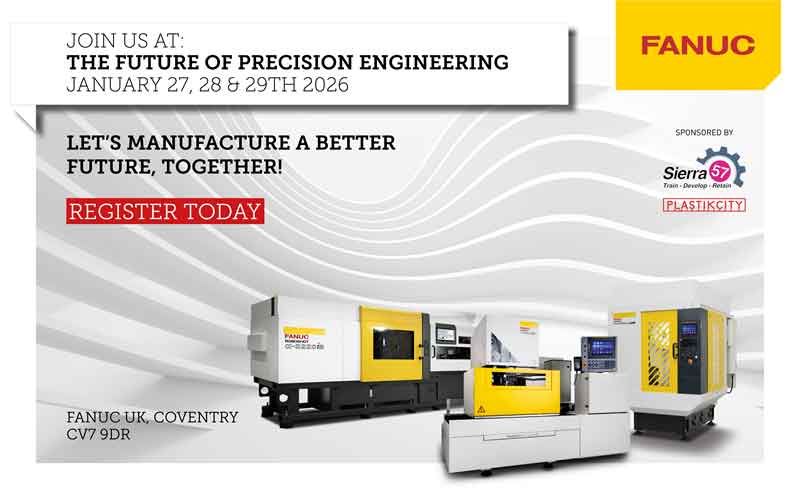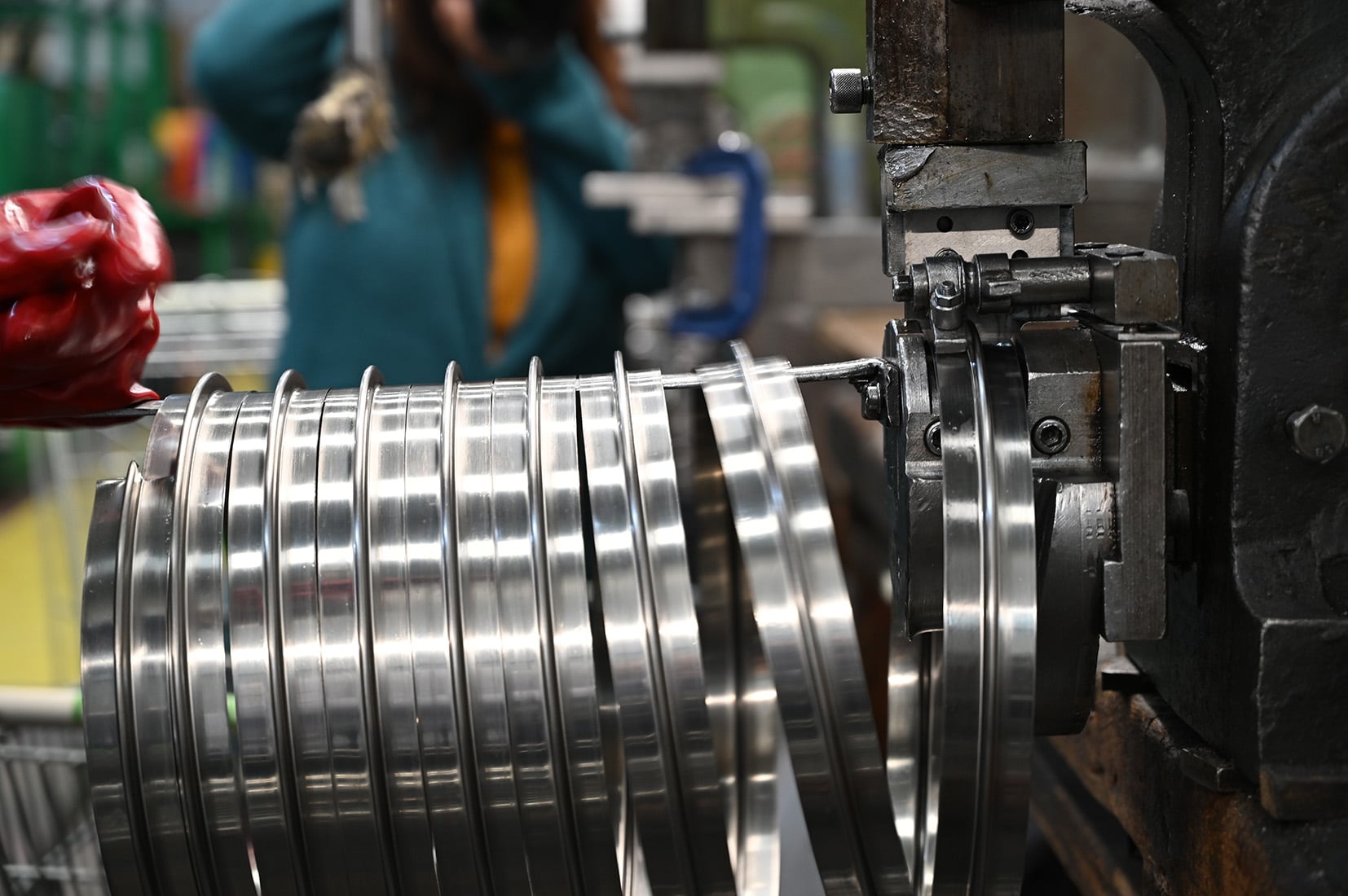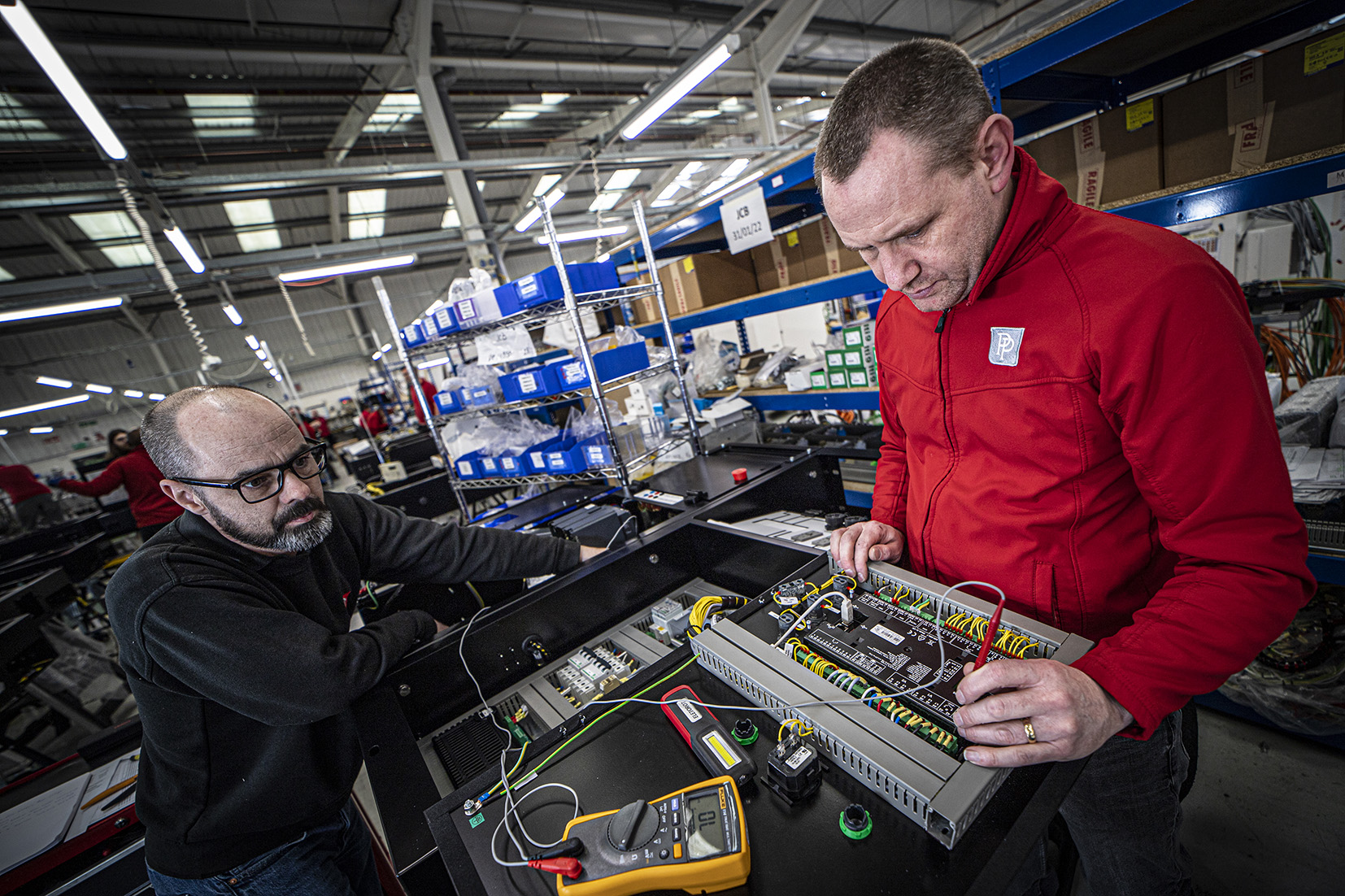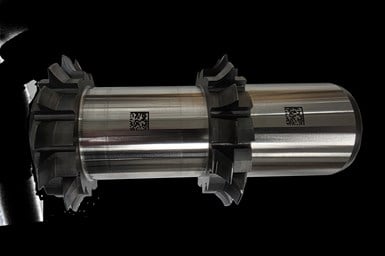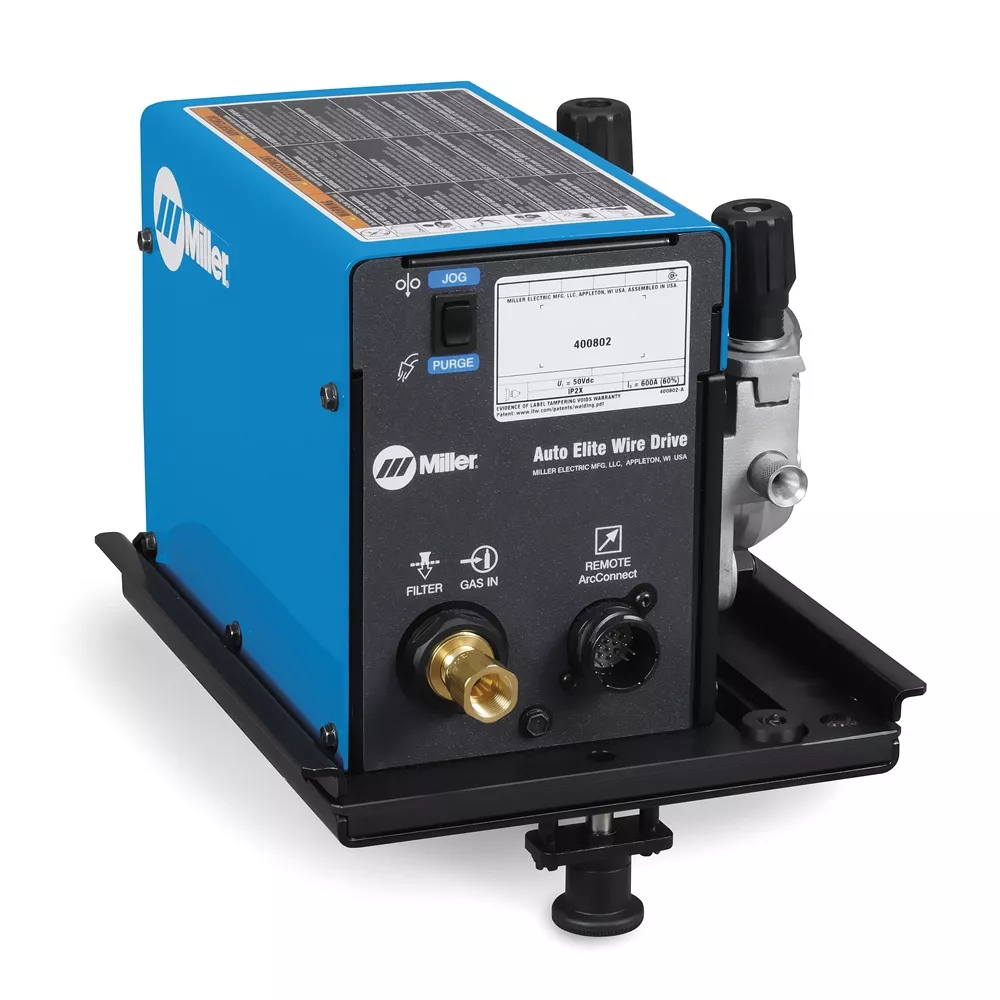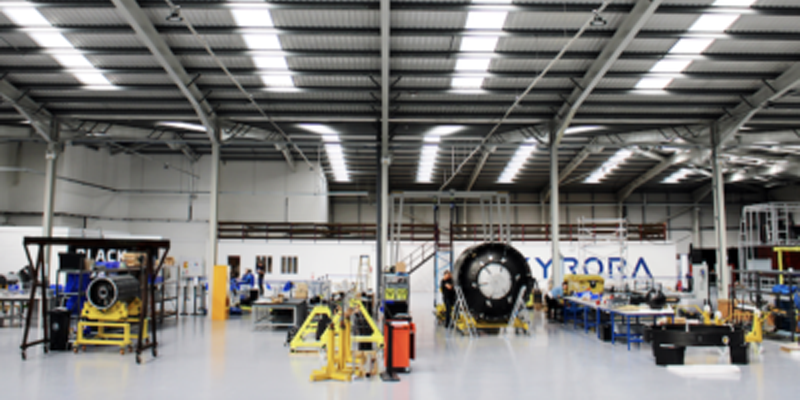
Rolls-Royce has entered the final build phase for the world’s largest aero-engine technology demonstrator, UltraFan®, providing a suite of technologies to support sustainable air travel for decades to come.
The demonstrator engine, with a fan diameter of 140 inches, is being completed in Derby, prior to its first run – on 100% Sustainable Aviation Fuel – later this year. It offers a 25% fuel efficiency improvement compared with the first generation of Trent engine.
UltraFan supports a variety of sustainability solutions. In the nearer term, there are options to transfer technologies from the UltraFan development programme to current Trent engines to deliver even greater fuel efficiency and reductions in emissions.
In the longer term, UltraFan’s scalable technology from 25,000-100,000lb thrust offers the potential to power new narrowbody and widebody aircraft anticipated in the 2030s.
UltraFan provides a platform for the use of a diverse range of energy options and power systems – including current jet fuel and sustainable aviation fuels as well as future potential for hybrid-electric and hydrogen.
Commenting on the announcement, Business Secretary, Kwasi Kwarteng, said:
“Rolls-Royce has long been synonymous with British excellence in engineering. Building the cutting-edge UltraFan demonstrator shows there’s no sign of this reputation slowing down, with Rolls-Royce playing a central role in our plans to capitalise on the global shift to cleaner, fuel efficient flight.
“UltraFan, backed by the UK Government through the Aerospace Technology Institute Programme, is a major opportunity for growth and jobs for the UK. I look forward to seeing planes across the world powered by technologies developed in this ultra-efficient engine demonstrator for years to come.”
Key engineering features of the engine include:
- A new, proven, Advance3 core architecture, combined with Rolls-Royce’s ALECSys lean burn combustion system, to deliver maximum fuel burn efficiency and low emissions
- Carbon titanium fan blades and a composite casing
- Advanced ceramic matrix composite (CMC) components that operate more effectively at high pressures and temperatures
- A geared design that delivers efficient power for the high-thrust, high bypass ratio engines of the future. The power gearbox has run at 64MW, an aerospace record
When UltraFan is on test at Rolls-Royce’s new £90m Testbed 80 facility, data can be taken from more than 10,000 parameters, detecting the tiniest of vibrations at a rate of up to 200,000 samples per second.

